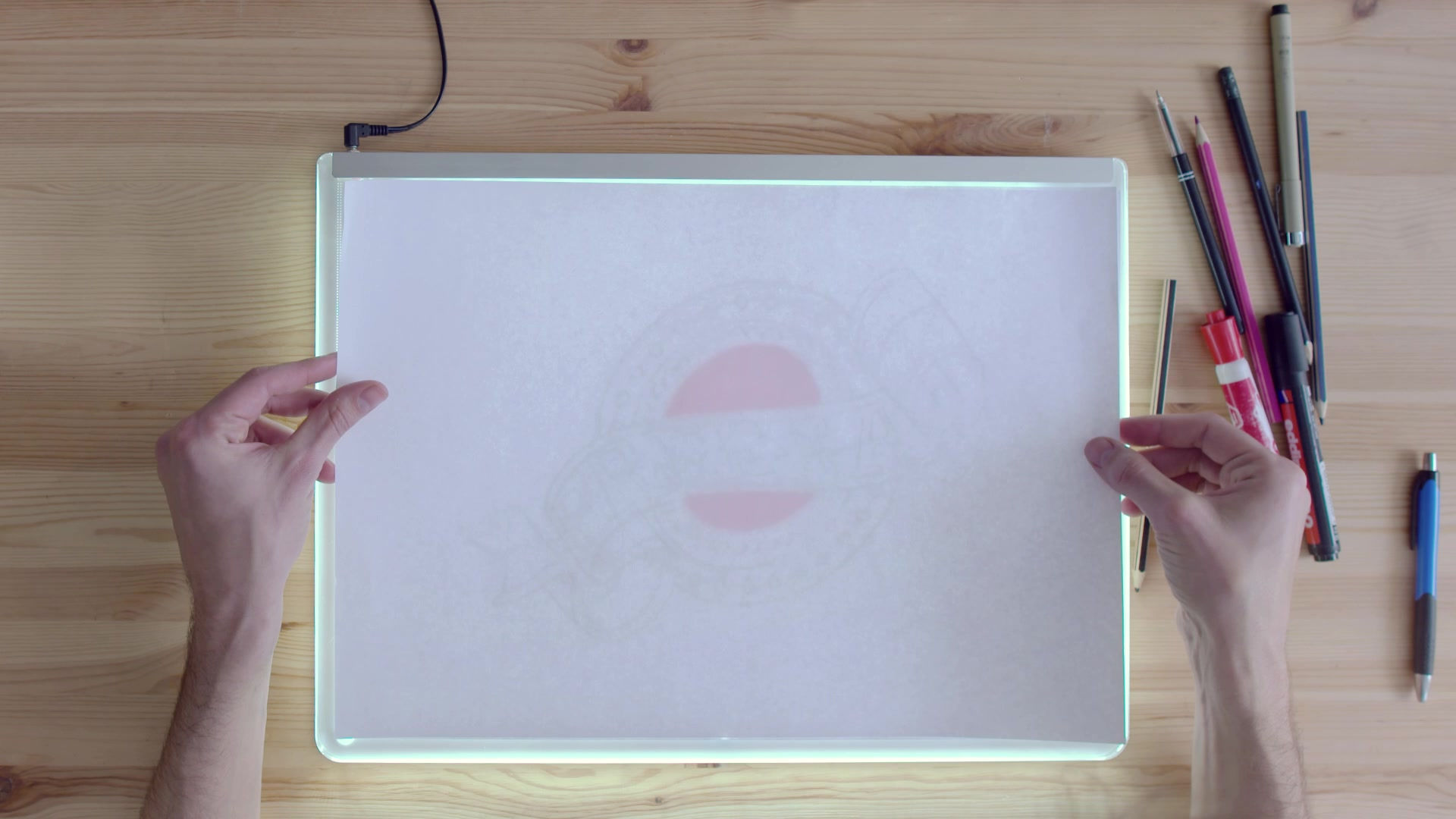Read JoJo’s Bizarre Adventure novel
- themangaguide
- Jun 22, 2017
- 2 min read
Unique, intelligent, and sometimes horrifying examination of the life and death of Joan of Arc, as experienced by another French girl who begins seeing visions of Joan and is inspired to follow in her footsteps. As in Yasuhiko’s manga Jesus, Emil (aka Emily) is a mirror-image character to Joan herself, even raised in Joan’s own hometown, and who also wears men’s clothes (in Emil’s case, to hide from her family’s political enemies). When she leaves home to fight for the king of France, just as Joan did, Emil likewise meets the kind of double-dealing and intrigue among nobles that Joan herself had to face, and she finds herself questioning her own spiritual and political commitments. Yasuhiko’s full-color artwork is superlative, re-creating the historical details of fifteenth-century France with a sensitive eye for costuming and architecture, and his handling of Emil’s story in a first-person narrative sums up all the confusion, exhilaration, and terror of Joan’s experiences in a very up-close-and-personal manner. A sublime read.

Jotaro Kujo, a half-Japanese delinquent of the 1970s banchô (gang boss) type, is dragged out of jail by his Indiana Jones–esque British grandfather Joseph Joestar, to join him on a quest around the world to kill Dio—a megalomaniacal one-hundred-year-old vampire with a grudge against the Joestar family. Their journey from Japan to Egypt soon turns into a series of episodic battles against Dio’s army of “Stand Users”—individuals who, like Jotaro and his friends, are possessed by tarot-themed spirits with a variety of shapes and abilities. Full of outrageous fashions, weird imagery, and graphic violence, True martial world with its idea of spirits-as-superpowers was an influence on manga as diverse as Shaman King and Yu-Gi-Oh! Araki’s distinctive Western-influenced artwork (reminiscent of a glam combination of Burne Hogarth, Tetsuo Hara, and gag manga), while not “pretty,” generally avoids the stiffness of other 1980s macho-man manga, and even the backgrounds and settings, which many manga artists leave entirely in the hands of their assistants, are filled with local color. The overall mood is of suspense and dread, even horror, alternating with unabashed self-referential cheesiness (many of the characters’ names contain references to rock and pop music). From the over-the-top dialogue to the sheer gutsiness of the intergenerational story line, it’s the signature work of a highly original artist. The Viz edition begins midway through volume 12 of the Japanese edition, skipping the more crudely drawn episodes of Joseph Joestar’s early life and Dio’s nineteenth-century origin story. Though the series “ended” in 2004, Araki quickly began Steel Ball Run, an untranslated pseudo-sequel set in the Wild West. Some violent scenes involving animals were redrawn by the artist for the English edition.




Comments